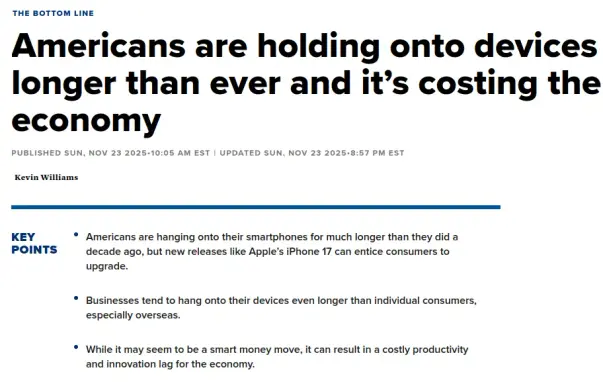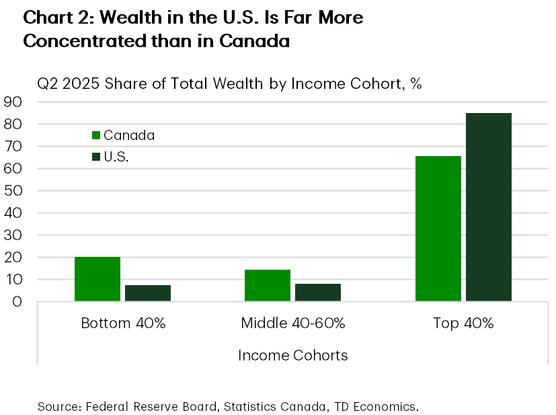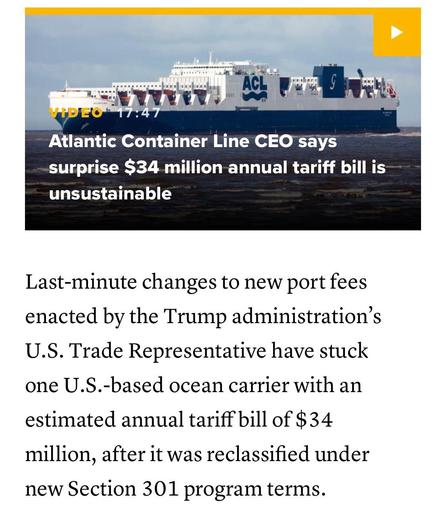🤔 Fresh Concerns About AI Spending Are Rattling Wall Street (🎁 link) https://www.wsj.com/finance/stocks/ai-fed-interest-rate-stock-market-749e18e2?st=hNHaJN&reflink=desktopwebshare_permalink #aihype #ai #usecon #llm
#usecon
🤔 Record spending on Black Friday and Cyber Monday was partly due to historic use of buy-now-pay-later options https://www.marketwatch.com/story/we-fear-people-will-end-up-in-financial-trouble-americans-will-spend-a-record-20-billion-via-buy-now-pay-later-during-the-holidays-576d7f35?st=vmiqRc&reflink=desktopwebshare_permalink #debt #consumerism #blackfriday #cybermonday #economics #usecon #econ
Tech companies are crying that Americans aren't buying new phones fast enough to keep the economy stimulated. Wages have been stagnant for, what, 44 years and you've got the gall to keep raising prices and cry we're not buying enough?
I don't think you should reward this shit with a click but, in case you must, I've got a barely tweaked URL to save you the trouble I already spent looking up the article.
source: cnbc DOT com/2025/11/23/how-device-hoarding-by-americans-is-costing-economy.html
More interesting #US #jobs data from #DeanBaker: “The category, ‘ #scientific #research and development services’ has lost almost 20k jobs this year (2.0 percent). It had been growing modestly, adding 6,400 jobs in 2024.” #usecon
I don't know. It's a pretty bold move for Realtor.com to say it's a "buyers market" because interest rates are down. No. A buyer's market would involve overturning the extraordinary overvaluation of property / housing that we've seen to at least 2019 levels. And I still hold that in many regions of the U.S., the housing prices were artificially inflated for more than 20 years prior to that 2019.
However, I'll grant that if wages hadn't been artificially stagnated since the late 70s, then the 1999 housing prices (if they remained the same) may not have been (relatively) inflated.
'Federal policy has jumped the gun: We don’t yet know if AI will transform the economy or even be profitable. Yet Washington is insulating the industry from all sorts of risk. If a bubble does pop, we’ll all be left holding the bag.' (🎁 link) https://www.wsj.com/opinion/you-may-already-be-bailing-out-the-ai-business-dd67d452?st=2nbe6h&reflink=desktopwebshare_permalink #aihype #usecon #uspoli #ai #llm
2 TD: “In both countries, year-on-year gains in #wealth were strongest among #higher-income #households – the top 40% saw their wealth rise almost twice as fast as those of lower- and middle-income groups.” #cdnecon #usecon #inequality
1 TD: “In the #United States, #wealth remains far more concentrated: the top 40% of income earners held about 85% of total wealth in Q2 2025, compared with 66% in Canada” 🧵 #cdnecon #inequality #usecon
“Last-minute changes to the U.S. Trade Representative Section 301 port fees resulted in one U.S.-based ocean carrier (ACL) being reclassified and now facing an annual $34 million tariff bill.”
The changes that brought new fees are “on top of the new standard USTR port fees, which went into effect on Tuesday and have led to broader confusion among ship owners about potential financial hits.”
#USA #US #USecon #economics #shipping #freight #USpol #trump #tariffs
—
“Increasingly unhinged statements from the administration feed a general sense of destructive #instability. Next thing you know they’ll start demolishing the #WhiteHouse itself to make room for some vanity project. Oh, wait.” paulkrugman.substack.com/p/the-us-eco... #USEconomy #usecon
The U.S. Economy is in Worse S...
The United States is entering a period that looks and feels like stagflation, the dreaded s-word that hasn’t been uttered much since the 1970s and early 1980s. It means both unemployment and inflation are climbing. So far, it has been a modest rise that is probably best described as “stagflation-lite,” but it’s still distressing because it’s almost impossible to cure both of these ills at the same time.
#macroeconomics #economics #recession #Trumpism #USecon #policy
https://www.washingtonpost.com/opinions/2025/09/17/economy-inflation-fed-rate-cut/
🤔 Postal traffic to U.S. sank 80% after Trump administration ended exemption on low-value parcels https://www.ctvnews.ca/world/trumps-tariffs/article/postal-traffic-to-us-sank-80-after-trump-administration-ended-exemption-on-low-value-parcels/ #tariffs #inflation #econ #usecon
“The report doesn’t directly affect the period since March. But the scale of the overestimate has led many economists to conclude that more recent #job gains have probably also been overstated.” #usecon
www.nytimes.com/2025/09/09/b...
Employers Added Nearly a Milli...
2 BMO: But it also likely provides all the necessary ingredients to get the #FOMC off the sidelines and resume their rate cutting cycle they put on pause last December. #Fed #employmentdata #nonfarmpayrolls #usecon
1 BMO: #U.S. #labormarket deterioration intensified in August with net #job gains slumping dangerously close to stall speed. This raises the risk of a harder landing for #consumerspending and the #economy in the months ahead. 🧵 #nonfarmpayrolls #jobs #jobsdata #usecon
"I don't think the #economy is in a #recession, at least not at this point," he said, "but it feels like it's on the brink, it's on the precipice of this recession." www.newsweek.com/economy-brin... #usecon
Economy "on the brink" of rece...


